It’s easy to fall in love with Tuscany—even if you haven’t been there yet. For me, the moment came when I saw the 1985 movie A Room With a View. Who didn’t want to be young Miss Lucy Honeychurch, as played by Helena Bonham Carter, drinking in the art and architecture in Florence? And being in the glorious countryside, receiving a passionate kiss from a young gentleman among the golden reeds, blown this way and that by the breeze?
NextTribe is taking a small group of women to Tuscany for the Holidays, Dec. 13-20. Find out more here.
But Tuscany isn’t just for young romantics, it’s for all of us who want to experience those gorgeous rolling hills, medieval towns sheltered behind walls, the wine, world-class art, and artisans’ workshops.
Come take a closer look at what makes this part of the world such an immensely pleasurable place to spend a week or two.
Read more: How 16 Women Found Joy and Passion in Umbria, Italy
A Word About the Weather
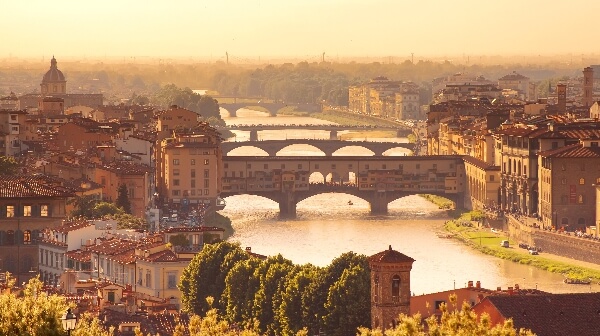
Last summer was a super-scorcher in Italy and likely turned plenty of vacations into a sweaty mess. One of the silver linings of climate change (as hard as it is to think of anything good about climate change) is that this means Tuscany is warm enough to be a brilliant destination year-round.
From April to late September is primetime, with July and August typically being as busy as it gets with tourists. However, late fall and winter can be fab times to visit Tuscany as well. For instance, in December, temperatures range from about 40F to 54F—not T-shirt weather by a long stretch, but for those of us who are used to single-digits and sleet in the winter, it’s positively balmy.
You can layer up (squish some lightweight down into your luggage), and enjoy the magic of a holiday in Italy, with the Christmas markets. Maybe you’ll buy yourself some leather gloves in Kelly green or magenta as I did one year. NextTribe travelers love being there for the season.
Getting Around Tuscany
Flights into Florence are typically not direct from the US (only Delta usually offers direct flights, and those are in the summer). An option to taking a connection flight into Florence is to get a direct flight into Rome or Milan and taking a high-speed train to Florence. Travel time from Rome is only 90 minutes.
Once you’re there, you can explore the city and also quickly get to some of the storied small towns (and even smaller towns) by car service, bus, rental car, or by train. For instance, Siena is 53 miles from Florence; San Gimignano, 37 miles; and Montepulciano is 73 miles away. These can be a wonderful day trip, or you can plan an overnight or circle through the countryside for several days.
A Quick History Lesson
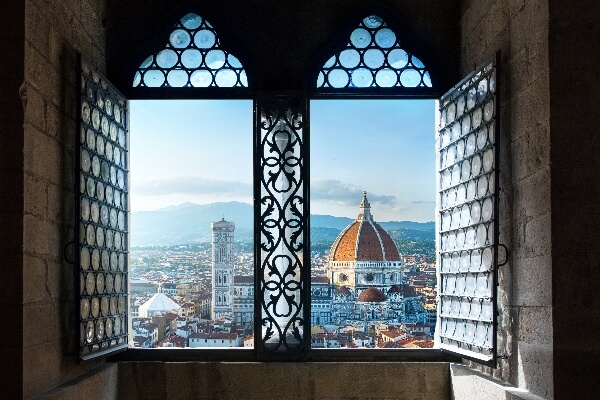
Tuscany is named for the Etruscans, who were among the first major civilizations to inhabit and leave their mark on this lush area of Italy. Between the Arno and Tiber Rivers, they developed their culture from around the 10th to the 6th century, until the Romans swept in as the transition from BC to AD approached. Establishing such cities as Siena, Pisa, and Florence, the Romans flourished.
But, after the fall of the Roman Empire, various Tuscan cities grew and became powerful trade centers, each with its own ruler. At the time of the Renaissance, the Medici family held much of the power in and around Florence, along with other members of the upper class. These aristocratic individuals were patrons of the arts, and the works of such talents as Dante, Botticelli, Brunelleschi, Leonardo Da Vinci, and Michelangelo were elevated—and are still revered today. Seeing the flowering of this era is one of the things that makes a trip to Tuscany special. It’s why so many visitors come back home describing themselves as drunk on the art and architecture (those churches and monasteries!) that they saw.
Fascinated by Florence
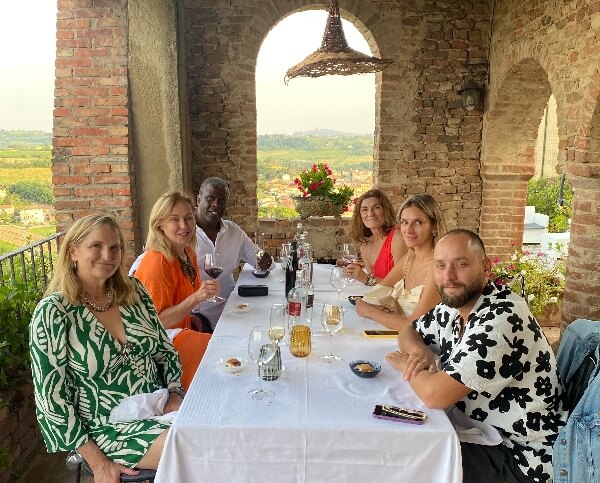
Pretty much everything in Florence could qualify as one of the “best things” to see or do. The capital of Tuscany, this city is packed with iconic Renaissance architecture and art, Old World crafts and boutiques, grand museums, and splendid food and drink. About 15 million people visit Florence annually, and for good reason: It really is one of the most beautiful and historic places on the planet.
Among the highlights in the city center:
- Join the crowds marveling at the Duomo, a cathedral noted for its ornate exterior of multi-colored marble; its terracotta-tiled dome, engineered by Brunelleschi; and a bell tower by Giotto. It’s a breath-taking sight, no matter how many times you see it.
- Don’t miss Florence’s museums: The Galleria dell’Accademia is home to Michelangelo’s “David” sculpture and more, and the renowned Uffizi Gallery holds both Botticelli’s “The Birth of Venus” and da Vinci’s “Annunciation.” Behind the Uffizi, visit the open-air, free Piazza della Signoria, filled with sculptures. Ready for more? Check out Museo dell’Opera del Duomo, with 750 works of art (including Michelangelo’s Pieta) spilling through 20-some rooms, and the Bargello National Museum.
- For those who are curious about the ultimate Renaissance man’s life, there are two Leonardo da Vinci museums to explore.
- For a smaller-scale delight, visit the Brancacci Chapel to see the remarkable fresco, The Tribute Money, by Masaccio, considered one of the greatest Renaissance painters.
- Walk over the Ponte Vecchio, a medieval stone bridge spared during the bombings of World War II. It’s lined with little shops – jewelry, antiques, some souvenirs. Buy a gelato and stroll across, imagining when it was first built all those hundreds of years ago.
Buy a gelato and stroll across the Ponte Vecchio, imagining what life was like when it was built all those centuries ago.
- Hike or take a bus up to Piazzale Michelangelo for a postcard-perfect view of the city with its distinctive tile roofs. It’s not far from the historic center of Florence and can help you get some steps in.
- Pop into the Mercato Centrale Firenze, a central food hall which is what Willy Wonka might have created if he were the proprietor of an Italian deli. Cheese, salami, olives, olive oil, vinegar, truffles, dried fruit, meats—it’s a heady place to wander and get an education in local cuisine. The building is a beaut, too.
- The Boboli Gardens, once the exclusive property of the Medici family, have been open to the public for a couple hundred years. It’s a great place to stroll through lush plantings, sculptures, grottoes, and fountains.
Fun, Food, and Shopping in Florence
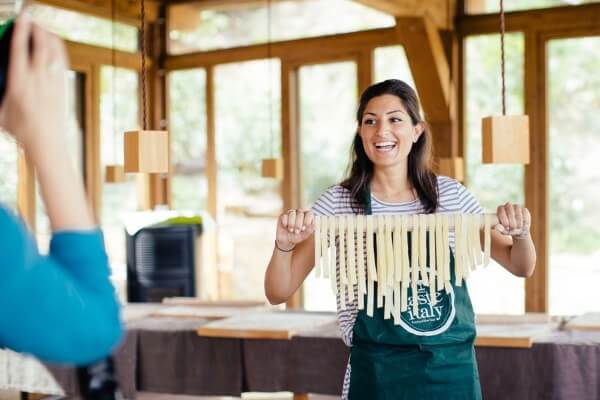
A few other fun things to do in Florence include visiting Oltrarno, known as the coolest neighborhood. It’s the art and design district, full of antique and vintage shops, as well as craft houses where you’ll find traditional leather shops and delicious fragrances and skincare at Officina Profumo Farmaceutica di Santa Maria Novella. While it’s known as the oldest pharmacy, don’t expect to buy any aspirin—it’s a luxe jewelbox of a shop that’s not to be missed.
Go at sunset, and you’ll understand what it means to be at the right place at the right time.
Of course, you’ll want to eat your way through the city. For a contemporary twist on classic Florentine dining, try Osteria dell’Enoteca; the fresco-walled Trattoria Za Za (try Peposo, a Tuscan beef stew braised in Chianti and black pepper); or go to the basic (in the best of all possible ways) family-owned Trattoria La Casalinga for the pasta dish of your dreams.
NextTribe’s Tuscany guide, Shannon Faseler, a visual artist and art historian, recommends Se·sto on Arno – The Westin Excelsior for rooftop aperitivo. The best time to visit? Go at sunset, and you’ll understand what it means to be at the right place at the right time, watching the wash of orange and purple hues melt into the horizon as you sip your wine.
If you’re in Florence in winter, as the holidays approach, don’t miss the Piazza Santa Croce Christmas market, where stalls fill the piazza of the stunning Basilica di Santa Croce. You’ll find handmade wooden toys, jewelry, scarves, candles, ceramics, candies, and more. You can grab mulled wine and “chimney cake” or try a pretzel or bratwurst (yes, the German traditions are strong here) as you stroll. Another way to enjoy the holidays is to hear the music being performed (outdoors or in) and view the Nativities set up around town.
Heading for the Countryside

But seeing Tuscany is about more than Florence. The landscape here is legendary—rolling hills, ancient walled villages, and those attenuated, dream-like cypress trees reaching towards the sky.
The area is small enough that you can definitely visit towns whether you have just an afternoon or several days free. If you choose the latter and road trip, you can soak up the traditions and charm of the area by staying at a small hotel or at an agriturismo, meaning you stay at a working farm that rents out rooms.
Perhaps one of the most beloved destinations is San Gimignano, a UNESCO World Heritage Site to the southwest of Florence. It does get crowded with tourists during the high season. That’s because it’s a superb example of an ancient town with medieval towers, which sounds like – and looks like – an oxymoron but is pure magic.
San Gimignano is an ancient town with medieval towers, which sounds like—and looks like—an oxymoron but is pure magic.
Actually, 700 years ago, walled villages with towers were a “thing” in this part of the world, so you’ll take a giant step back in time at San Gimignano. Visit the town center, with its narrow streets and clusters of antique houses, and the Duomo, with frescoes by Ghirlandaio. Climb the 200-foot tower by the new-ish City Hall if you want a taste of the skyline from the inside out.
With its tile-topped buildings, Lucca presents another kind of medieval village, but not a hilltop town. For this reason, Lucca (the birthplace of Puccini, BTW) may be a little easier for those who prefer one-level strolling on tree-lined streets past gorgeous architecture. If you have a car, you can drive about half an hour to Bagni di Lucca, a sleepy spa town known for its thermal waters and Etruscan roots.
Siena is another fabled city in Tuscany with medieval brick buildings, including the Torre del Mangia—a slender tower built in the 1300s, and the Piazza del Campo, the fan-shaped square in the middle of this hilltop town. It’s here that, twice a year, Il Palio, a traditional horse race, takes place. Since 1482, this event has seen steeds and riders, swathed in brilliant colors, go thundering around as the crowd cheers. (You can watch the race in July or August, and, yes, it’s a popular destination so plan well in advance.)
In Val d’Orcia, at Bagni San Filippo, you can soak for free in a hot spring in the middle of a forest, dotted with incredible white limestone formations.
For those who can’t get enough of ancient history, Volterra can be a good place to pitstop. About an hour-long drive from either Siena or San Gimignano, Volterra is all about mysterious old alleyways, 13th-century castles, an Etruscan acropolis, and an ancient Roman amphitheater. Yes, all in one mountaintop town.
Another UNESCO World Heritage Site is the Val d’Orcia, a protected area that embodies the beauty and tradition of the Tuscan countryside. This is the quintessential area for a scenic drive, over the hills and past groves of olive trees. You can stop at La Foce, a grand and marvelous garden and manor house (overnight accommodations are available), which has a long history, dating back to the 15th century. A tour of the garden transports you to a fairytale-like setting, with views of the valley. There’s a winding, cypress-lined road on the property that is absolutely unforgettable.
If you’re tooling around Val d’Orcia, don’t miss a dip in some hot springs. A couple to consider: the petite village of Bagno Vignoni, with a Roman hot-spring pool in the main square and a spa or two nearby, and Bagni San Filippo, where you can soak for free in the middle of a forest, dotted with incredible white limestone formations.
Il Vino è Vita
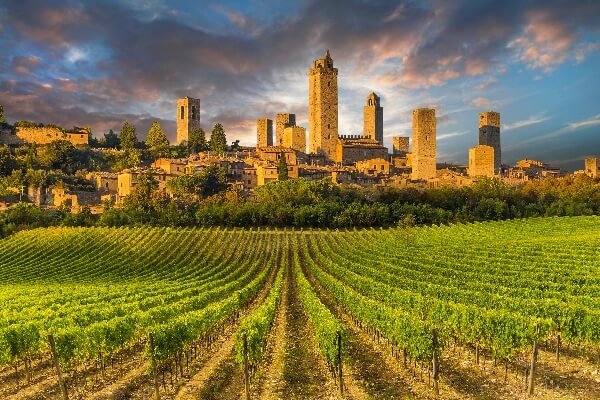
Of course, it would be hard to imagine visiting Tuscany without wine being part of your trip. Wine tasting opportunities abound, and vineyard visits can be one of the top things to do on a vacation. The towns of Montepulciano and Montalcino will provide much to explore (from fortresses to cafes) plus plenty of wineries. (Fun fact: Montepulciano is so authentic, architecturally speaking, that no major construction has taken place since 1580.)
Montalcino is best known for its bold red, Brunello di Montalcino, made from Sangiovese grapes, while Montepulciano is known for its eponymous fruity, juicy reds. These towns are about a 40-minute drive apart, and you can tuck into the teeny village of Monticchiello while in the area to get a glimpse of off-the-beaten-path Tuscany.
People line up on cobblestone streets for a glass or bottle of wine to emerge from “wine windows,” or little cutouts in the stucco walls.
On the topic of wine, the wine windows (or buchette del vino) of Tuscany can be a best way to sip, though they may take some seeking out. From the ancient center of Florence to the far corners of Tuscany, you may come across little arch-shaped cutouts in stucco walls. These are just big enough for a glass or bottle of wine to scoot through. This is a time-honored way for small winemakers to sell their wares directly to the public. Today, for the windows that are still active, you may see dozens of people lining up on the cobblestone streets, waiting to buy their vino.
As Seen on the Screen
Many people (like me) are inspired to visit Tuscany by the beauty they have seen on screen. For those who are so inclined, here’s where you can see some of these locations:
- A Room With a View: Filmed at Piazza della Signoria, Pensione Quisisana, Villa Maiano, Piazza Santa Croce, and Hotel degli Orafi, Florence
- The English Patient: Filmed at Convento di Sant’Anna in Camprena, Pienza, Siena
- Stealing Beauty: Castello di Brolio, San Regolo, Gaiole in Chianti, Siena, Villa Bianchi Bandinelli, and Villa Spender
- Under the Tuscan Sun: Piazza della Repubblica, Piazza Pescheria, Teatro Signorelli, and the 200-year-old farmhouse Bramasole in Cortona; the Cathedral in Florence; and San Biagio church outside Montepulciano.
Immerse Yourself While in Italy
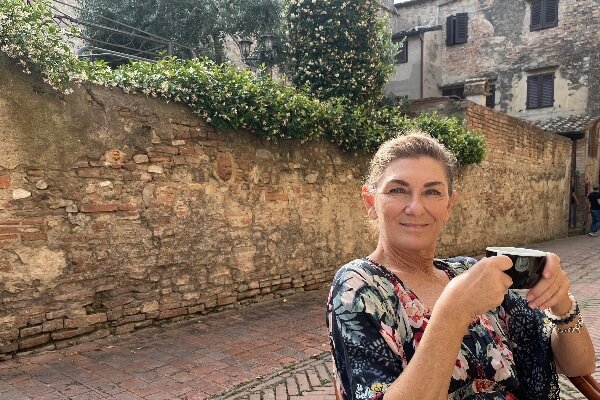
If you are Tuscany-bound, a way to amp up the memory-building quotient of your trip is to try something hands-on. Interactive classes of all sorts are available. Italy does, of course, have a long history of cooking, and so taking a culinary class—perhaps one led by a nonna, or grandma—can be a fantastic way to build your skills and eat well in one happy afternoon. I took a class that taught me how to make gnocchi and panna cotta, among other dishes. I failed miserably at efforts to recreate stuffed and fried zucchini blossoms when back home, but that’s on me.
You might try an art class, whether watercolor, gilding, frescoes, printmaking, or ceramics. But even if you skip this kind of lesson, your trip to Tuscany is bound to be a crash course in the art of living well as you float through ancient towns, protected countryside, and take in the traditions all around you. Need more encouragement? Go watch A Room With a View.
Read more: How Walking the Camino de Santiago Changed My Life


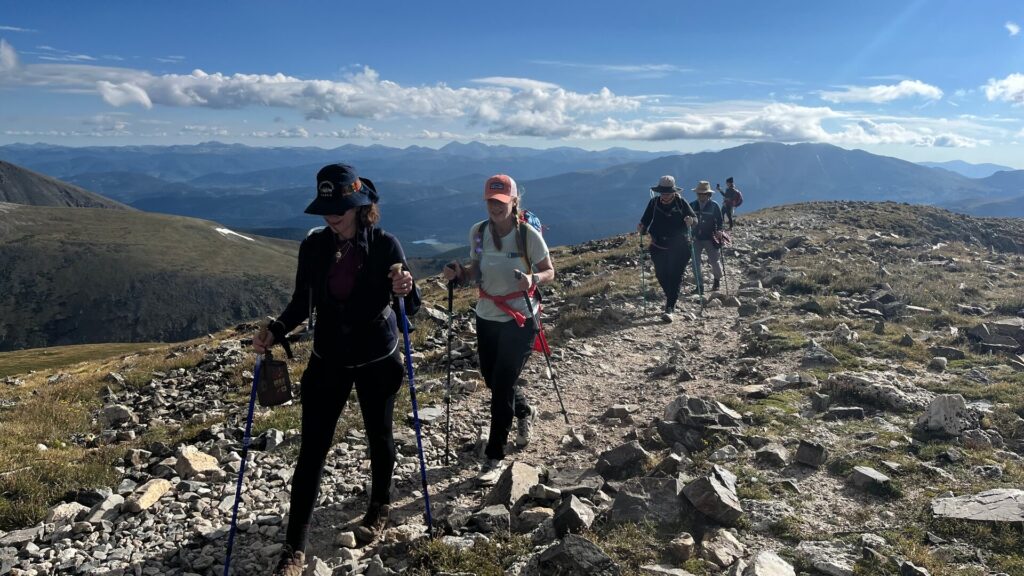



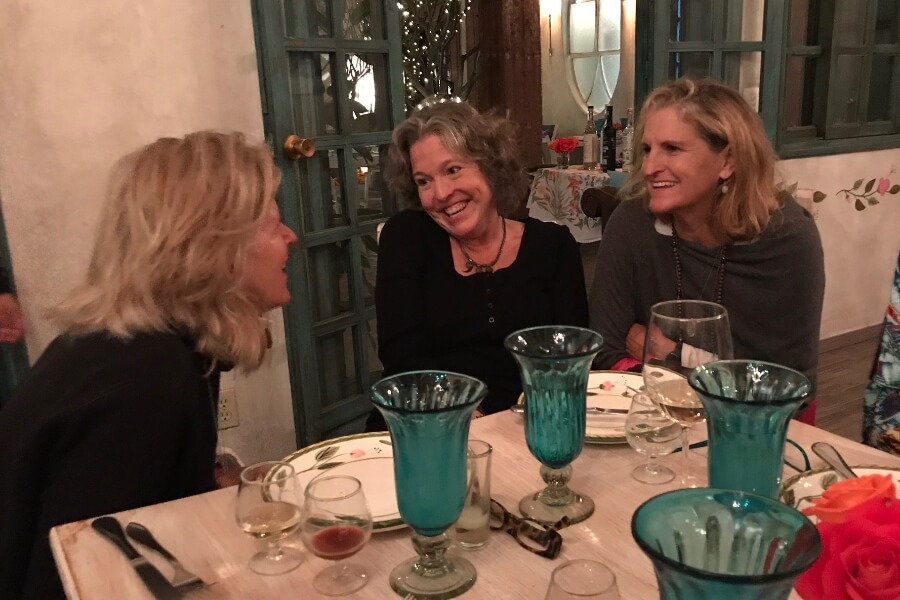

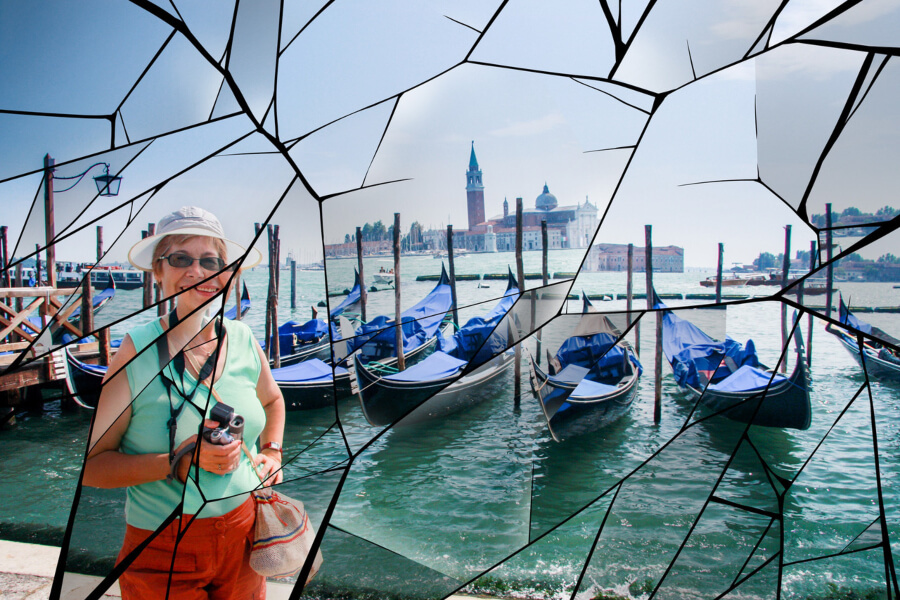
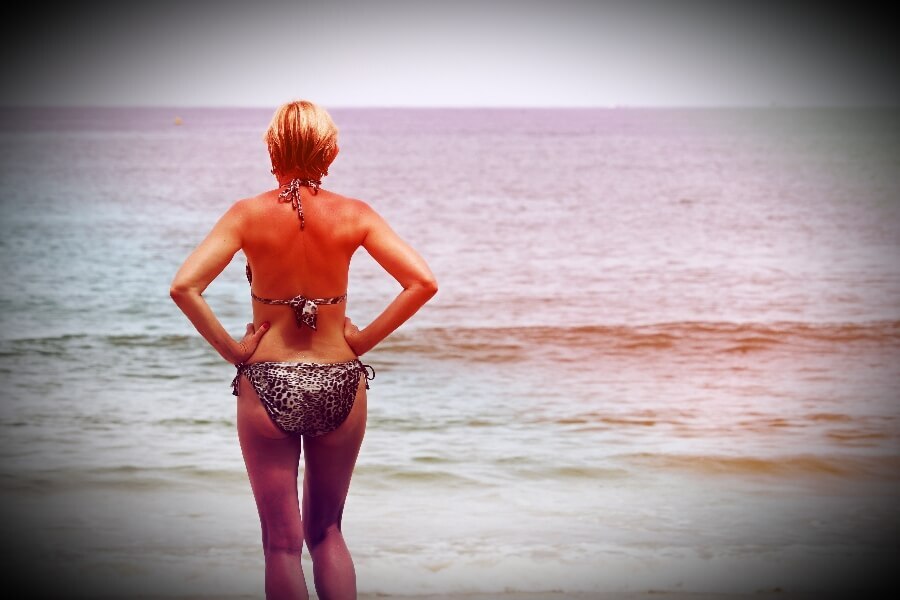
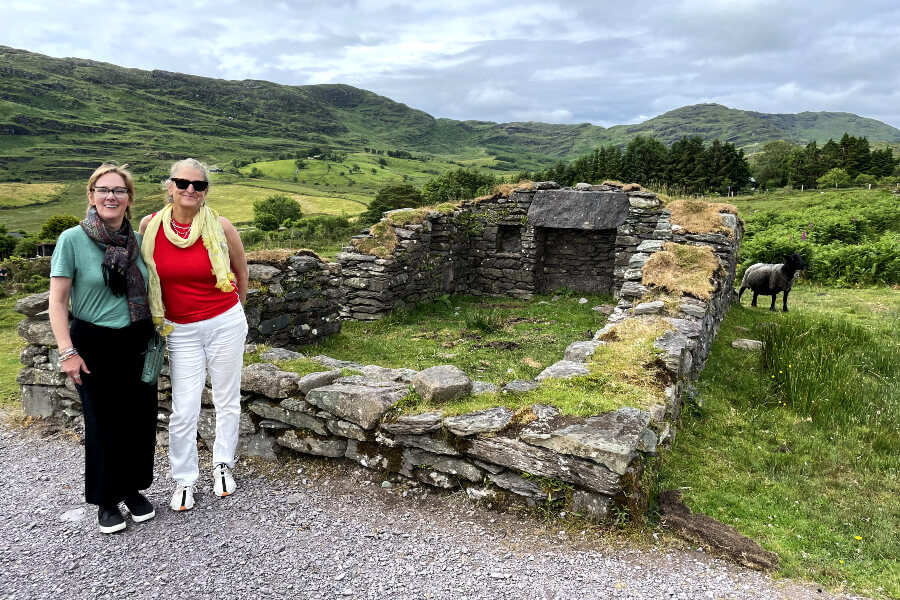
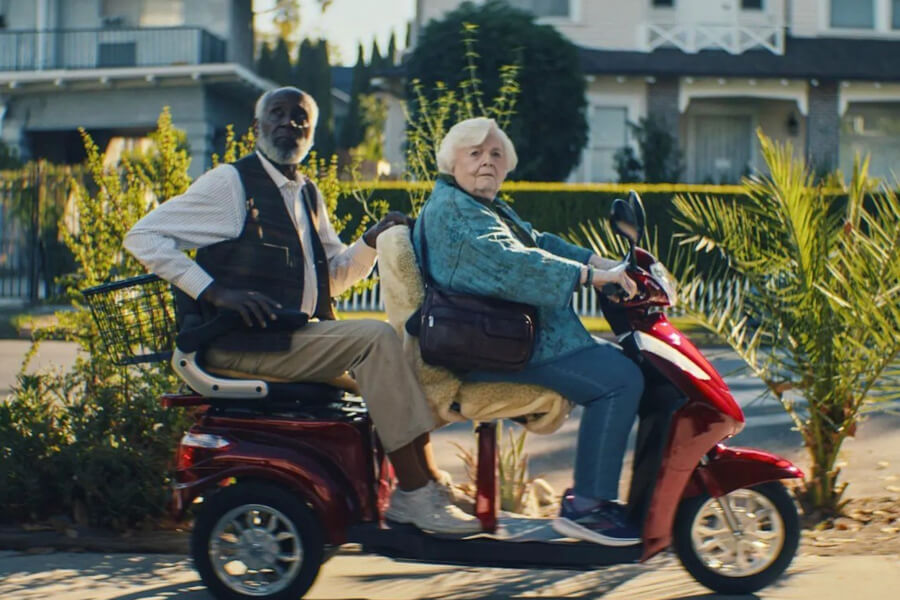
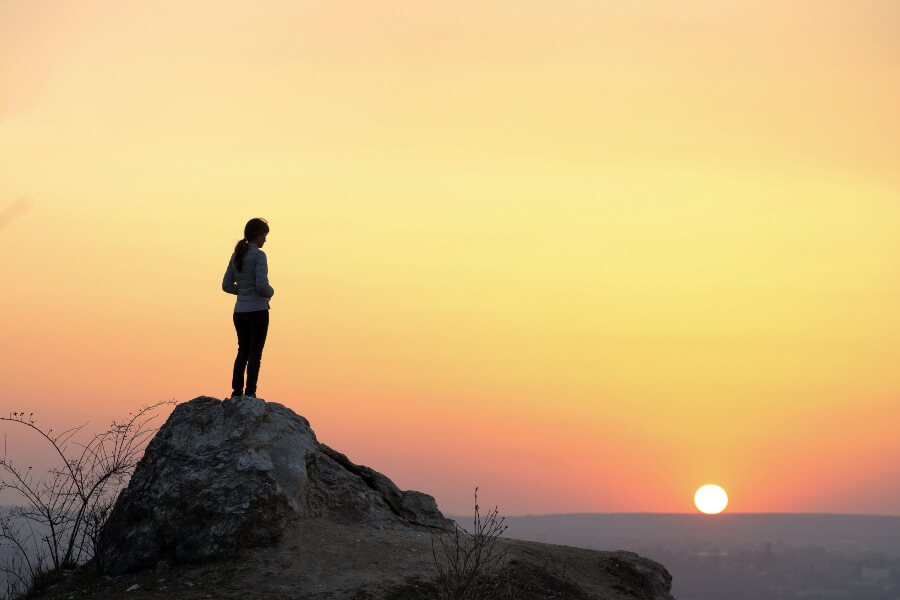


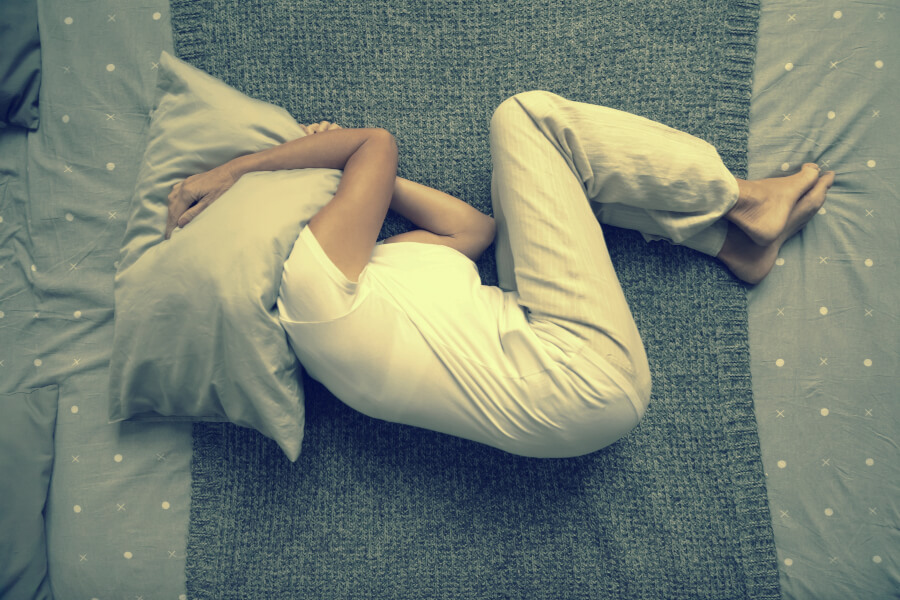
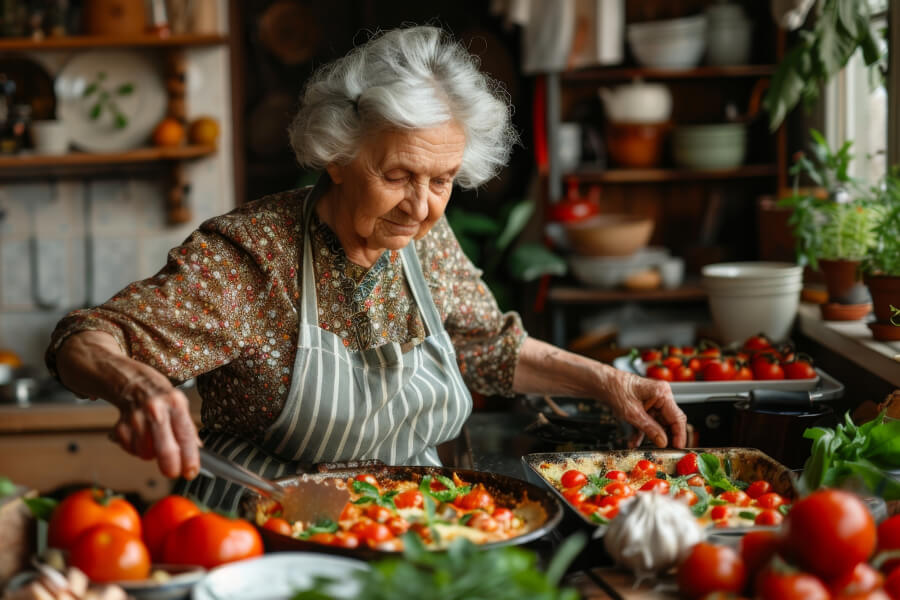

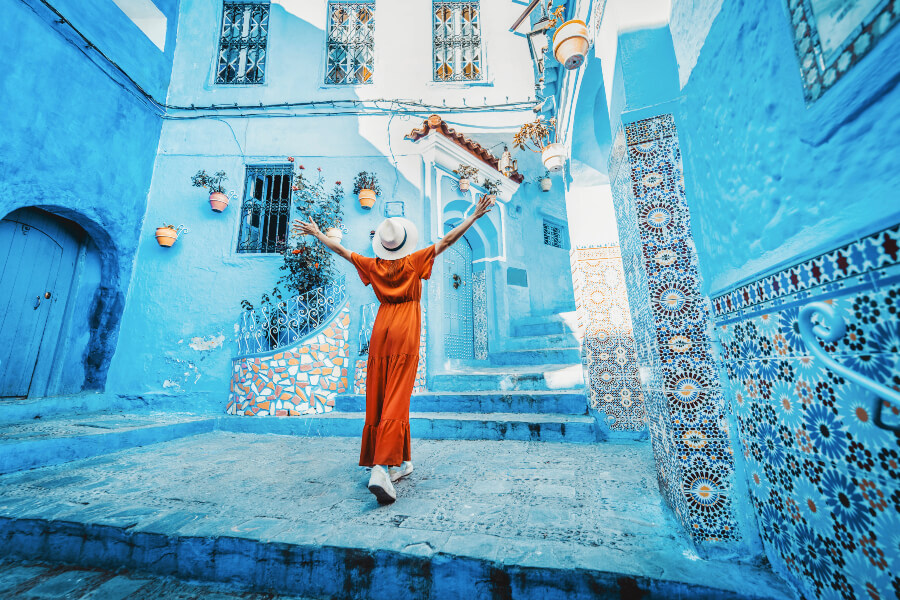


0 Comments